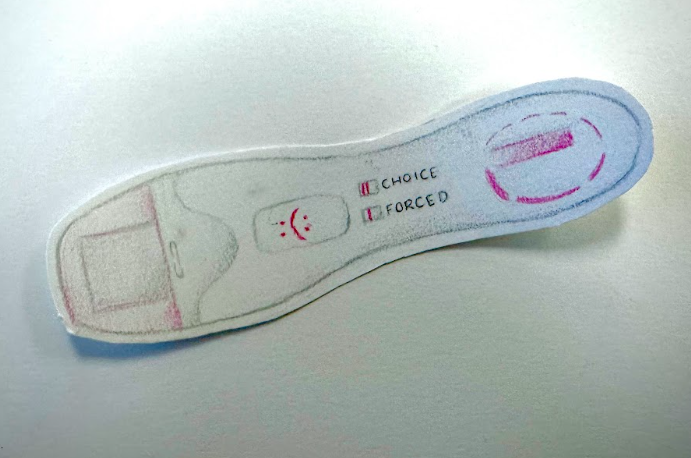Pregnancy in the United States has been declining, although maternal mortality rate is on the rise. In recent years, it has become increasingly more challenging for pregnant women in the US to get the care they need. Since the overturn of Roe v Wade, many states have put abortion bans and limits in place. Currently, 14 states have bans and seven states have gestational limits.
According to CNN, “States where abortion is most limited report higher rates of maternal and infant mortality, as well as greater economic insecurity.”
A contributing factor to the rise of the rate of pregnancy-related death is maternity care deserts. These are counties that do not have hospitals with maternity care units, birth centers or obstetric providers. A Tulane University study reported that mothers in these ‘deserts’ are potentially three times more likely to die during or after childbirth.
Maternity care deserts are more present than ever before, and abortion accessibility continues to waiver. The maternal mortality rate has significantly increased as well in the past two years. “Women in our nation are dying from pregnancy-related causes before, during, and after childbirth at a higher rate than any other developed nation,” stated Vice President Kamala Harris during an announcement to address the crisis.
In Maryland alone, 4.2% of counties are defined as maternity care deserts. In the US, it’s 36%, according to March of Dimes. In recent months, many hospitals have experienced the shut down of birth centers all over the country. As a result, maternal mortality rates continue to worsen. Women are put more at risk of complications during the pregnancy, putting both her and the unborn child in danger.
Although the struggles of pregnant women in the US have not gone unnoticed, organizations such as Planned Parenthood and March of Dimes work to continue the movement for abortion rights and women’s maternal care rights. They advocate for them, inform others of their struggles, and provide services such as abortion pills and clinics to those who need it.
The maternal care and abortion rights movements continue, allowing for the possibility of abortion access being on some ballots for 2024. On November 7, 2023, Ohio voters approved a constitutional amendment to protect the right to abortion and maternal healthcare. Maryland and New York have abortion access on the ballot for 2024 as well. Other states where abortion access may be on the ballot include: Arizona, Colorado, Florida, Iowa, Missouri, Nebraska, Nevada, Pennsylvania, South Dakota and Washington.
Progress has been made in the movement, multiple states have enacted legislation to make abortions more affordable and other states are working to put abortion access in the state constitution. There is work to be done to still and the upcoming elections will play a big part in that.
































